Goth Chick News: The Blueprints, and Goth Chick News Turns Two

This week marks two years since our beloved editor John O’Neill convinced me there was a place for blood-streaked, supernatural stuff to be splattered around the Black Gate web site.
A publication dedicated to sci-fi and fantasy certainly wasn’t the first place I would have thought to set up shop. And in the last twenty-four months a few sites where “my sort” of topics would have been more at home have come calling. I could have pulled up stakes and gone to live and write in a sea of angsty 20-somethings, with multiple piercings and a monochrome wardrobe.
Or I could stay in the bowels of the Black Gate offices, where above me E.E. Knight stands on the roof taking the occasional pot shot at a curious tourist with his Mauser, and Ms. Clooney’s Pre-Raphaelite Sisterhood brews endless pots of foul-smelling herbal tea.
Ultimately it was an easy decision.
And now, two years later, I’ve become accustomed to the seat in the unisex bathroom being forever left in the “up” position (Howard Andrew Jones, I know that’s your doing) and the occasional office brown-outs caused by Scott’s tinkering with the cable television.
I’ve also had the pleasure of making the acquaintance of some of the most innovative talent in literature, music, indy film and art. I’ve introduced you to the guy who sound-tracks Hugh Hefner’s Halloween parties, the abducted kid from Close Encounters and a zombie-blasting, 80’s pulp-fiction hottie.
I’ve got the greatest job ever.
But most important, I’ve been introduced to the greatest audience ever.
 I recently caught up with Paizo’s James Sutter for a conversation about his work heading up Pathfinder’s new fiction line, as well as his own writing and influences. In part one of our conversation James tells us about his new novel for Pathfinder,
I recently caught up with Paizo’s James Sutter for a conversation about his work heading up Pathfinder’s new fiction line, as well as his own writing and influences. In part one of our conversation James tells us about his new novel for Pathfinder, 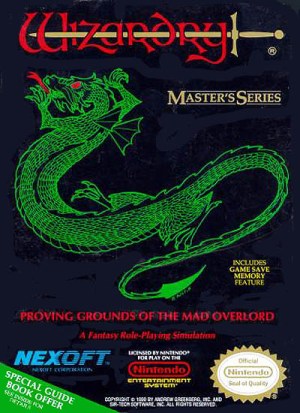
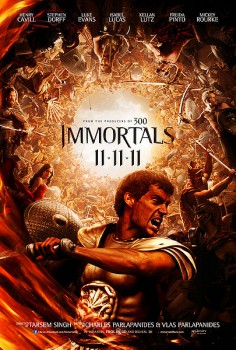 Immortals (2011)
Immortals (2011)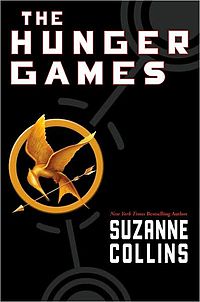 Young adult fiction has a lot going for it in recent years. In the wake of the Harry Potter craze, there’s an entire generation of young people who have grown up with the understanding that reading is a cool way to spend your time and entertain yourself.
Young adult fiction has a lot going for it in recent years. In the wake of the Harry Potter craze, there’s an entire generation of young people who have grown up with the understanding that reading is a cool way to spend your time and entertain yourself.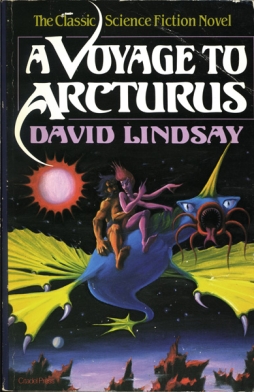 Writing about Romanticism has gotten me started thinking about forms, and conventions, and how we read a story. To some extent I’ve come to feel that contemporary ways of reacting to narrative are more classical than romantic; they’re more to do with structure and form than with trusting the individual genius. It seems to me that many readers, and critics, have become used to looking for certain things in a story, and have come to think of stories that function in a different manner as necessarily defective rather than distinct. And I feel this is a pity, since if we can’t accept the strange works of genius that succeed in defiance of everything we think we know about storytelling, then our experience of story becomes diminished.
Writing about Romanticism has gotten me started thinking about forms, and conventions, and how we read a story. To some extent I’ve come to feel that contemporary ways of reacting to narrative are more classical than romantic; they’re more to do with structure and form than with trusting the individual genius. It seems to me that many readers, and critics, have become used to looking for certain things in a story, and have come to think of stories that function in a different manner as necessarily defective rather than distinct. And I feel this is a pity, since if we can’t accept the strange works of genius that succeed in defiance of everything we think we know about storytelling, then our experience of story becomes diminished. 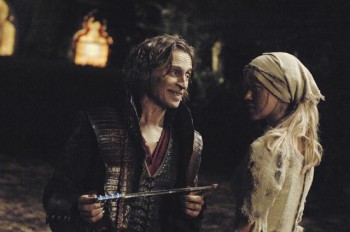
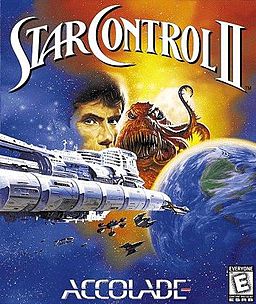
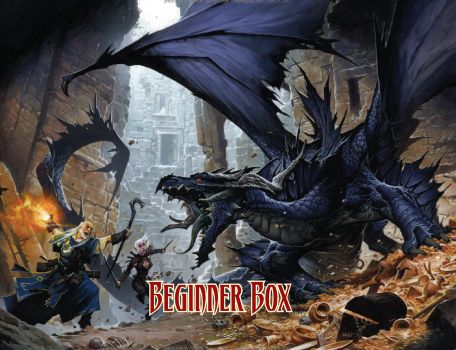
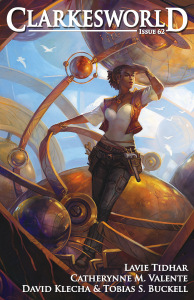 The November issue of Clarkesworld is currently
The November issue of Clarkesworld is currently